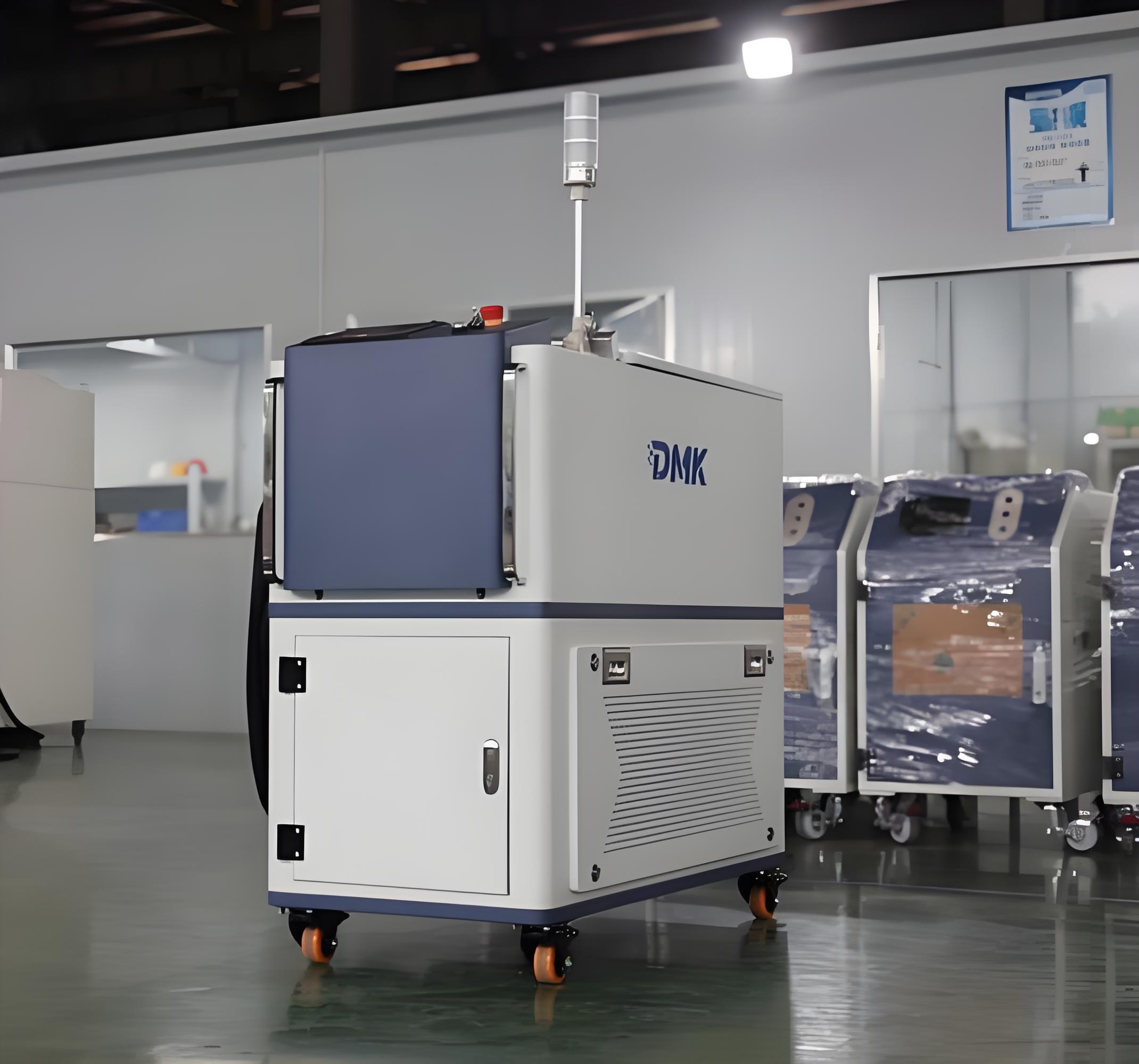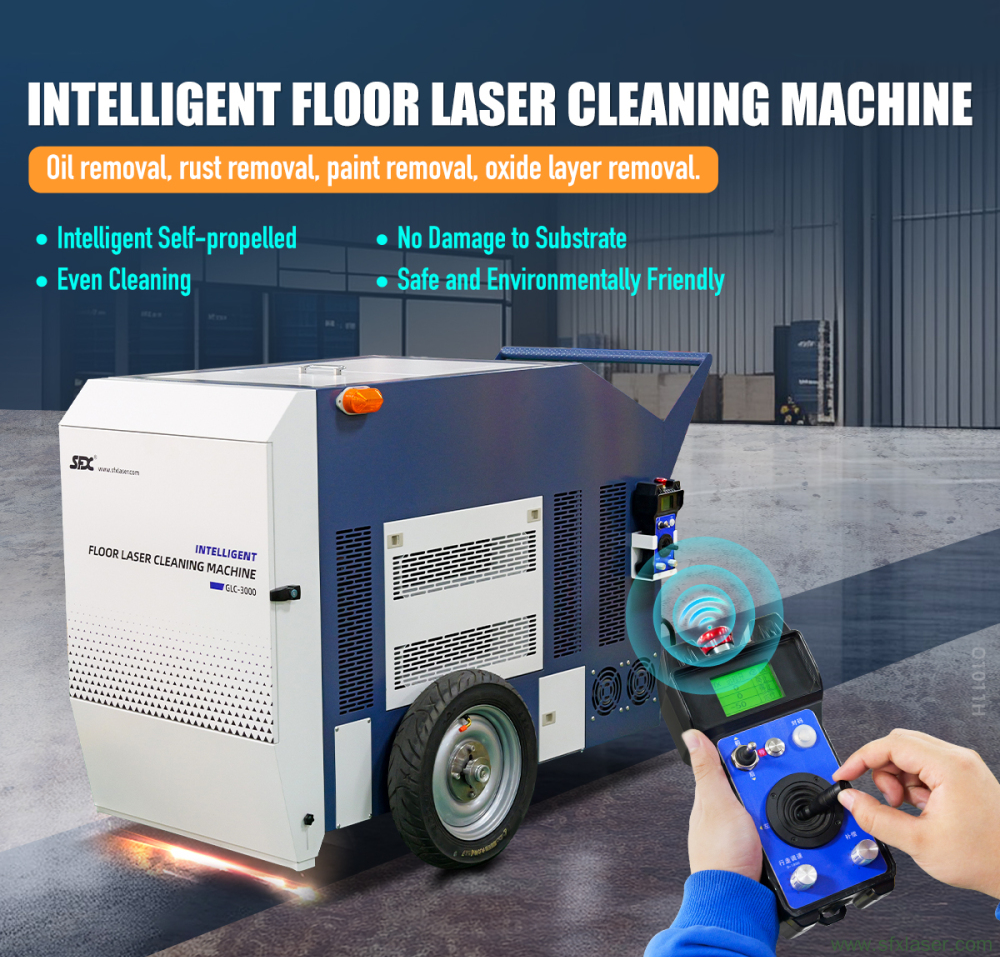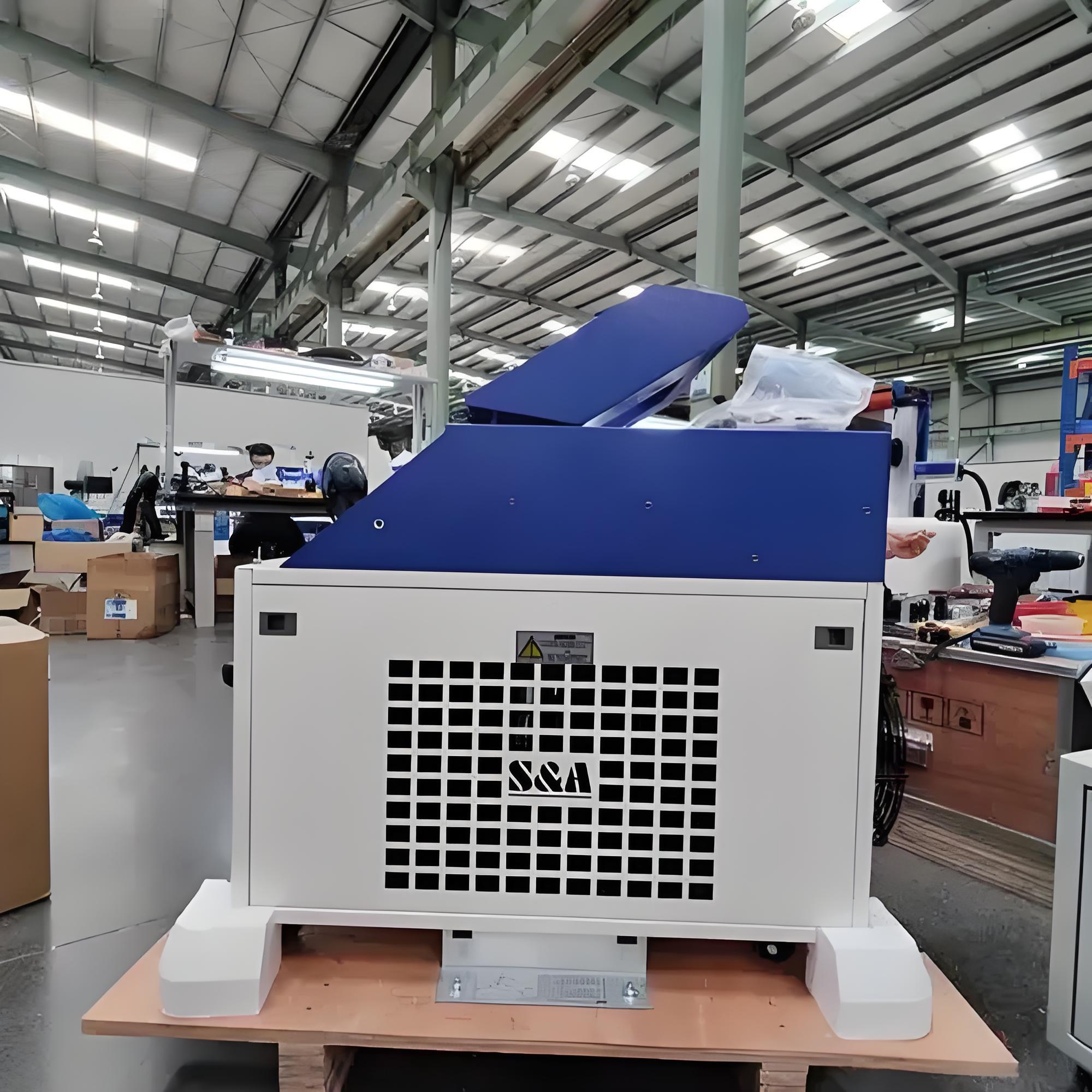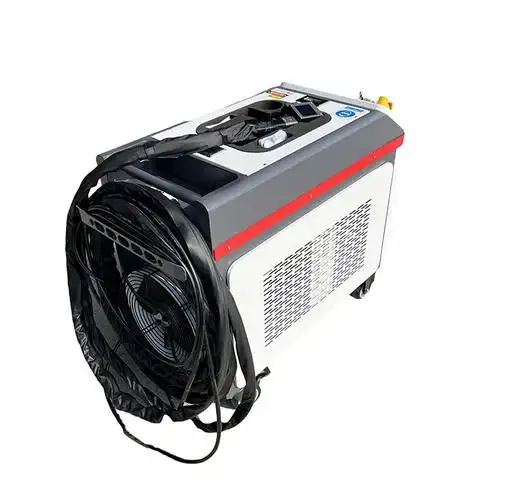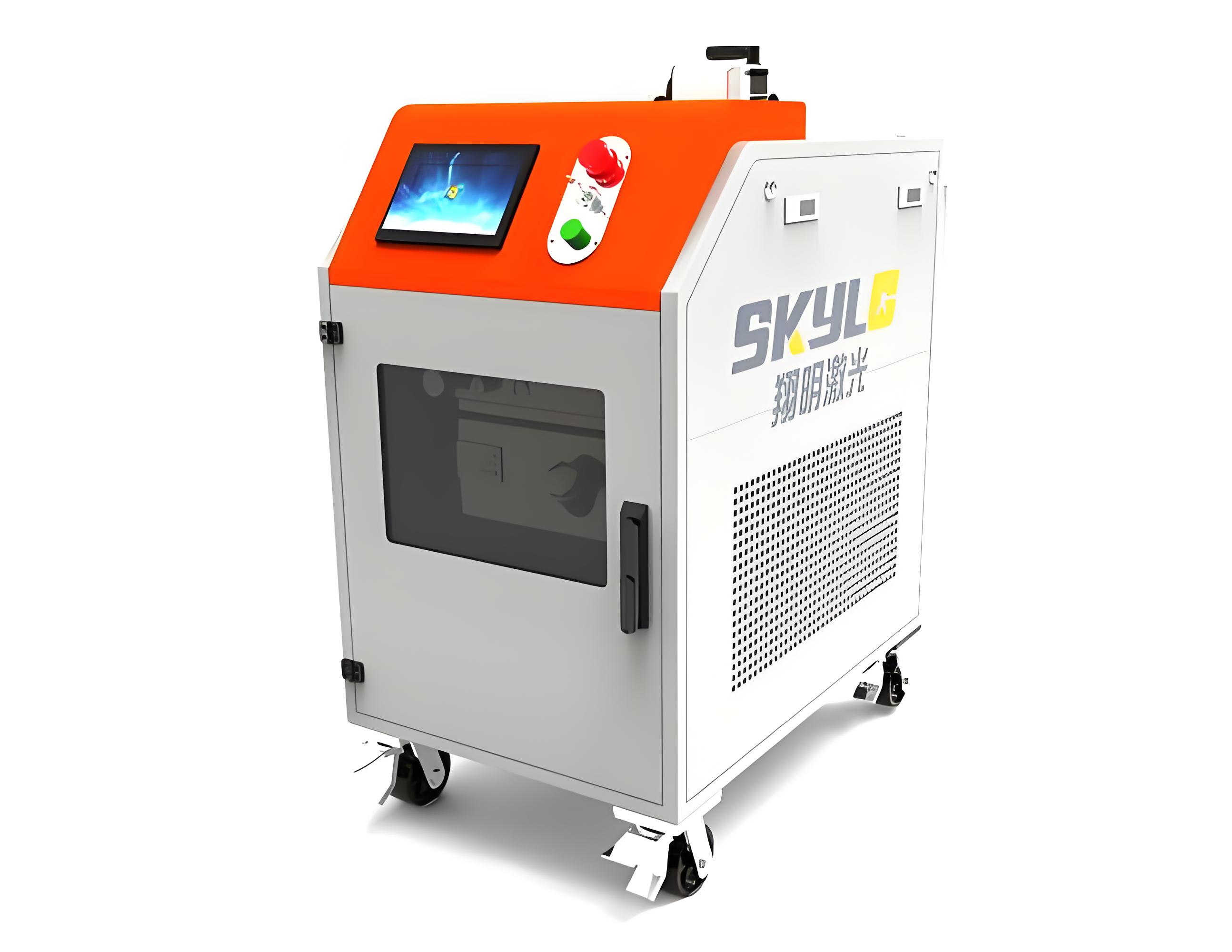As someone who’s spent years tackling rust in everything from industrial machinery to delicate artifacts, I’ve seen how this pesky corrosion can turn a pristine metal surface into a nightmare. Over time, I’ve explored countless rust removal methods, but none have impressed me as much as laser rust removal. When I first witnessed a laser machine zap rust off a steel plate in seconds, leaving the metal gleaming without a scratch, I was hooked. Naturally, the question everyone asks is: how does this futuristic tool actually work? In this article, I’ll break down the working principle of laser rust removal machines in a way that’s clear, practical, and grounded in my own experiences. Whether you’re curious about the science or considering using one, I’ll explain the mechanics, benefits, and nuances to help you understand this game-changing technology.
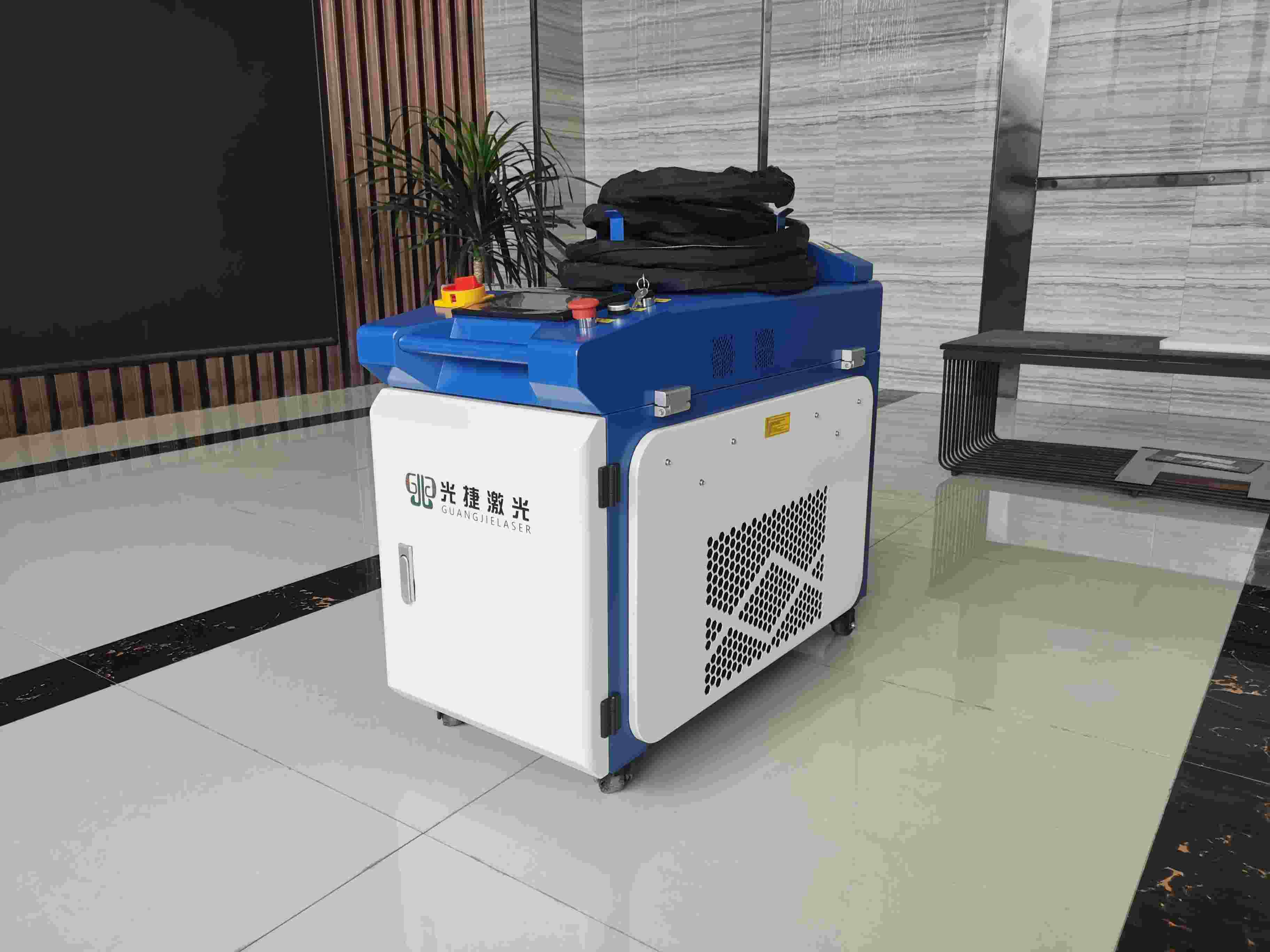
Why Understanding the Principle Matters
Rust isn’t just an eyesore—it eats away at metal, weakens structures, and can lead to costly repairs or safety issues. For industries, restorers, or even hobbyists, choosing the right rust removal method is critical to preserving materials and ensuring efficiency. Laser rust removal has gained traction for its precision and eco-friendliness, but to appreciate its advantages (and limitations), you need to know how it works under the hood. By understanding the science and practical applications, you can decide if it’s the right tool for your needs and how to use it effectively. Let’s dive into the core principles, with real-world examples to make it relatable.
The Core Principle of Laser Rust Removal
At its heart, laser rust removal relies on the interaction of high-energy light with matter. A laser rust removal machine generates a focused beam of laser light that targets rust (iron oxide) or other contaminants on a metal surface. When the beam hits the rust, it delivers energy so rapidly that the rust absorbs it, heats up, and either vaporizes or flakes off. The beauty of this process is its selectivity—the laser is tuned to interact primarily with the rust, leaving the underlying metal largely unaffected.
I first saw this in action at a factory where we cleaned rust from a steel conveyor belt. The laser swept across the surface, and the rust disappeared like magic, with no damage to the metal. It was a stark contrast to the grinding tools I’d used before, which left scratches and dust everywhere. To understand why this happens, let’s break down the process into its key components and steps.
How Laser Rust Removal Works: A Step-by-Step Breakdown
The principle of laser rust removal involves a combination of physics, optics, and material science. Here’s how it unfolds, based on my observations and technical knowledge:
1. Laser Generation and Delivery
A laser rust removal machine uses a laser source, typically a fiber laser, to produce a high-intensity beam of light. This beam is delivered through a handheld or automated scanning head, which directs it onto the rusted surface. The laser’s wavelength (usually in the infrared range, around 1064 nm) is chosen to maximize absorption by rust while minimizing interaction with the metal substrate.
In a project cleaning rust from a ship’s hull, the machine’s handheld head allowed us to focus the beam precisely on rusted spots, covering large areas quickly. The fiber laser’s stability ensured consistent results, even during long sessions.
2. Energy Absorption and Ablation
When the laser beam strikes the rust, the iron oxide absorbs the light energy rapidly. This causes the rust to heat up to thousands of degrees Celsius in microseconds, leading to ablation—a process where the rust either vaporizes into gas or breaks off as tiny particles. The metal underneath reflects most of the laser energy (due to its different optical properties), so it stays cool and undamaged.
I recall using a 500W laser to clean rust from a steel pipeline. The rust turned to vapor almost instantly, and the pipe’s surface remained pristine. This selective ablation is what makes lasers so effective compared to abrasive methods.

3. Thermal and Mechanical Effects
In some cases, the rapid heating creates a plasma plume—a small cloud of ionized gas—that expands and physically dislodges rust particles. This is particularly effective for thick or stubborn rust layers. The process also generates a mild shockwave, which helps peel off loosely adhered contaminants. Unlike grinding, which physically scrapes the surface, this non-contact approach minimizes damage.
During a restoration job on an antique iron gate, I noticed the laser’s shockwave effect gently lifted off rust flakes without touching the intricate designs, preserving every detail.
4. Control and Precision
Modern laser rust removal machines allow operators to adjust parameters like power, pulse duration, and scanning speed to suit the material and rust type. For example, pulsed lasers deliver energy in short bursts, ideal for delicate surfaces, while continuous-wave lasers are better for heavy rust. This control ensures the process is tailored to avoid overheating or damaging the metal.
In a museum project, we used a 200W pulsed laser to clean a rusted bronze statue. The short pulses removed the rust without heating the sensitive surface, something a continuous laser might have struggled with.
5. Debris Management
As the rust is ablated, it turns into vapor or fine particles. Most machines include a suction system to capture these byproducts, keeping the workspace clean. Unlike sandblasting, which leaves piles of abrasive media, laser rust removal produces minimal waste, making it eco-friendly.
I once worked in a factory where cleanliness was paramount. The laser’s built-in suction system kept the area dust-free, a huge improvement over the mess of chemical cleaning.
The Science Behind the Selectivity
Why doesn’t the laser damage the metal? It comes down to optical and thermal properties:
Absorption: Rust (iron oxide) absorbs laser light efficiently, especially at infrared wavelengths, converting the energy into heat. Clean metal, being more reflective, absorbs less energy, staying relatively cool.
Thermal Conductivity: Metals like steel or aluminum conduct heat quickly, dissipating any residual energy from the laser, preventing burns or warping.
Pulse Control: Pulsed lasers deliver energy in short bursts (nanoseconds or microseconds), minimizing heat buildup in the metal. This is why pulsed lasers are often used for delicate tasks.
I saw this selectivity in action when cleaning a rusted aluminum aircraft part. The laser zapped the rust away, but the shiny aluminum underneath reflected the beam, staying cool and intact.
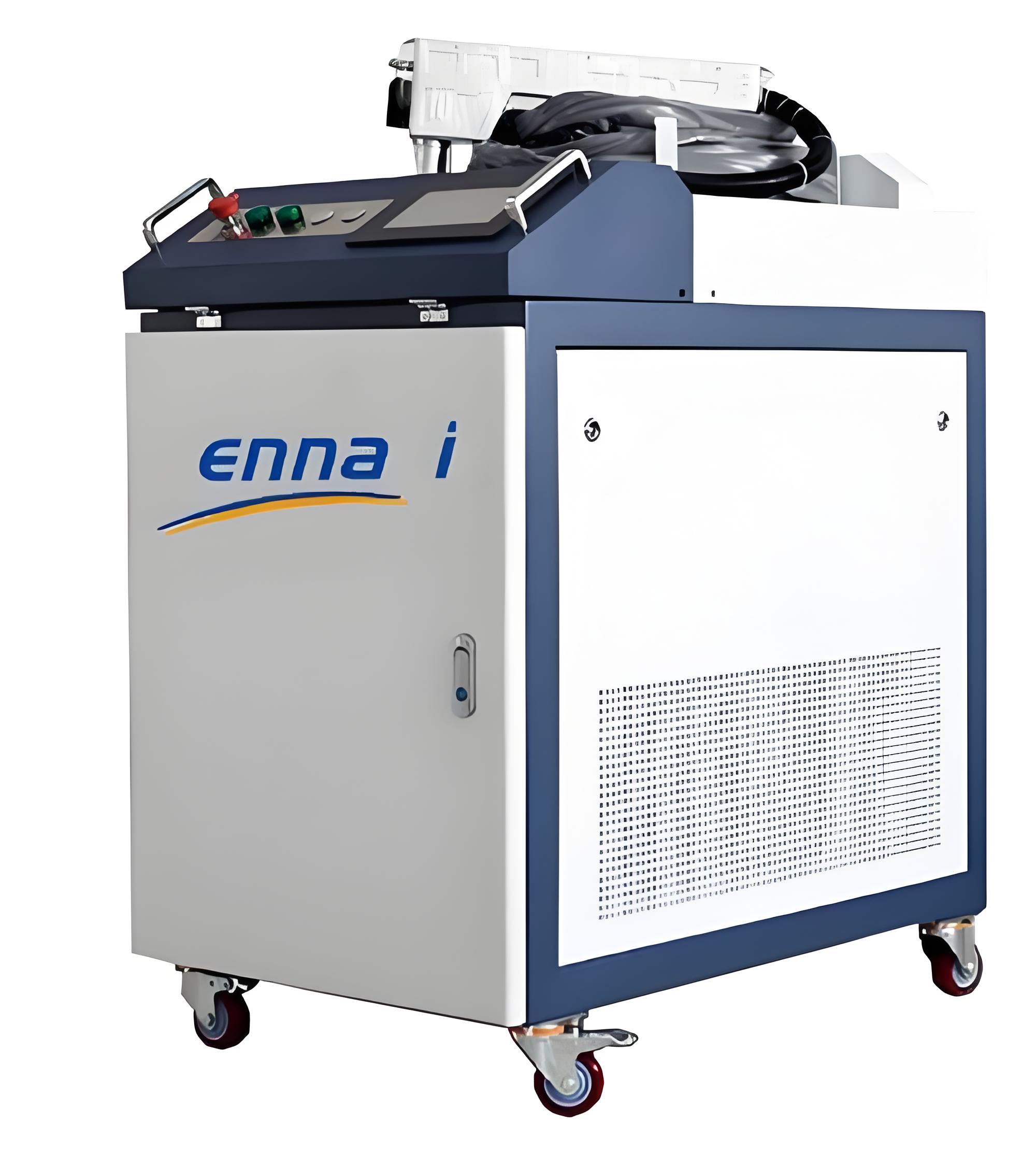
Types of Lasers Used in Rust Removal
Not all lasers are created equal. Here’s a quick overview of the main types used in laser rust removal, based on my experience:
| Laser Type | Characteristics | Best For | Example Application |
|---|---|---|---|
| Pulsed Fiber Laser | Short, high-energy pulses, low heat | Delicate surfaces, thin metals | Artifact restoration, aerospace parts |
| Continuous-Wave Fiber Laser | Steady beam, higher heat output | Heavy rust, large surfaces | Ship hulls, pipelines |
| Q-Switched Laser | Ultra-short pulses, high precision | Sensitive materials, thin coatings | Electronics, medical devices |
Note: The choice of laser depends on the material, rust thickness, and application. Always consult the machine’s manual for optimal settings.
Advantages of Laser Rust Removal
Understanding the principle helps explain why laser rust removal is so effective:
Non-Contact: No physical abrasion means no scratches or material loss.
Eco-Friendly: No chemicals or abrasive media, just minimal dust or vapor.
Precision: Adjustable settings allow targeting specific rust types without affecting the substrate.
Versatility: Works on various metals (steel, aluminum, copper) and contaminants (rust, paint, oil).
In a project cleaning a rusted steel bridge, the laser’s precision allowed us to remove rust without harming the protective coating, something sandblasting couldn’t do.
Limitations and Considerations
While the principle of laser rust removal is impressive, it’s not flawless:
Thick Rust Layers: For rust thicker than 5mm, multiple passes are needed, reducing efficiency. I’ve combined grinding for bulk removal with lasers for finishing in such cases.
Reflective Surfaces: Highly polished metals can reflect the laser, requiring careful angle adjustments.
Cost: Laser machines are expensive (tens of thousands of dollars), making them less accessible for small-scale users.
Training: Operators need training to avoid errors like overheating. I’ve seen improper settings cause slight discoloration on thin metals.
In one job, a client tried using a laser on a polished stainless steel surface without adjusting the beam angle, leading to uneven cleaning. Proper training would’ve avoided this.

Real-World Applications
To show how the principle translates to practice, here are two projects I’ve worked on:
Automotive Restoration: A client needed rust removed from a 1950s car chassis. A 500W pulsed laser cleaned the rust and old paint in hours, preserving the thin steel. Grinding would’ve risked thinning the metal further.
Industrial Maintenance: A factory had rusted steel rollers on a production line. A 1000W continuous-wave laser restored them in a day, with no downtime or chemical waste, unlike acid cleaning.
These cases highlight how the laser’s selective ablation and precision make it a standout solution.
The Future of Laser Rust Removal
The technology is evolving rapidly. AI-integrated lasers can now analyze surface conditions and adjust parameters in real-time, reducing errors. I’ve tested systems that cut cleaning time by 25%. Ultrafast lasers (femtosecond or picosecond) are also emerging, delivering energy so quickly that heat damage is virtually impossible, ideal for high-precision industries like aerospace. As costs drop, I expect lasers to become more accessible to smaller businesses.
Conclusion: A Precise, Powerful Technology
From my years working with laser rust removal, I can say it’s a remarkable technology that combines physics and practicality to tackle rust like nothing else. By using high-energy light to selectively ablate rust, it offers a clean, precise, and eco-friendly alternative to traditional methods. Whether you’re in manufacturing, restoration, or another metal-heavy field, understanding its principle—energy absorption, ablation, and precise control—can help you harness its full potential.
If you’re curious about how laser rust removal could work for your project or need advice on settings, I’m here to share what I’ve learned. Let’s keep the rust at bay and the metal shining!
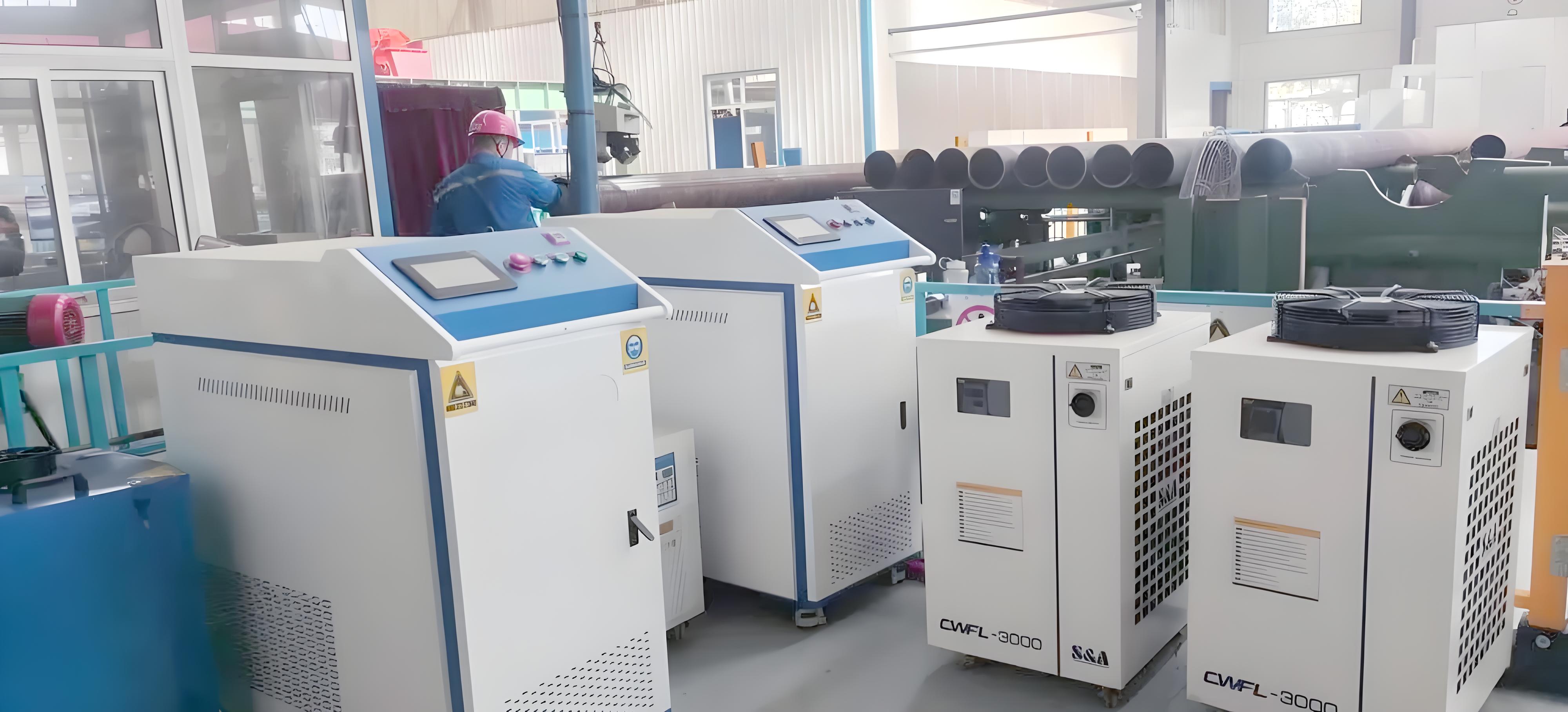
Related Q&A
1. Is laser rust removal safe for all metals?
When settings are adjusted correctly, it’s safe for most metals like steel, aluminum, and copper. Sensitive metals like thin aluminum require low-power, pulsed lasers to avoid overheating.
2. Does laser rust removal produce hazardous waste?
No, it produces minimal vapor or dust, which is captured by suction systems, making it far cleaner than sandblasting or chemical methods.
3. Can lasers remove rust from complex shapes?
Yes, but deep recesses or tight angles may require specialized heads or manual adjustments. I’ve combined lasers with other methods for tricky geometries.
4. How do I choose the right laser for rust removal?
Consider the rust thickness and material. Pulsed lasers (100-500W) are best for delicate tasks, while continuous-wave lasers (1000W+) suit heavy rust.
5. Is operator training necessary for laser rust removal?
Absolutely. Proper training ensures safe, effective use and prevents errors like overheating. Start with the manufacturer’s guidelines and practice on test pieces.


